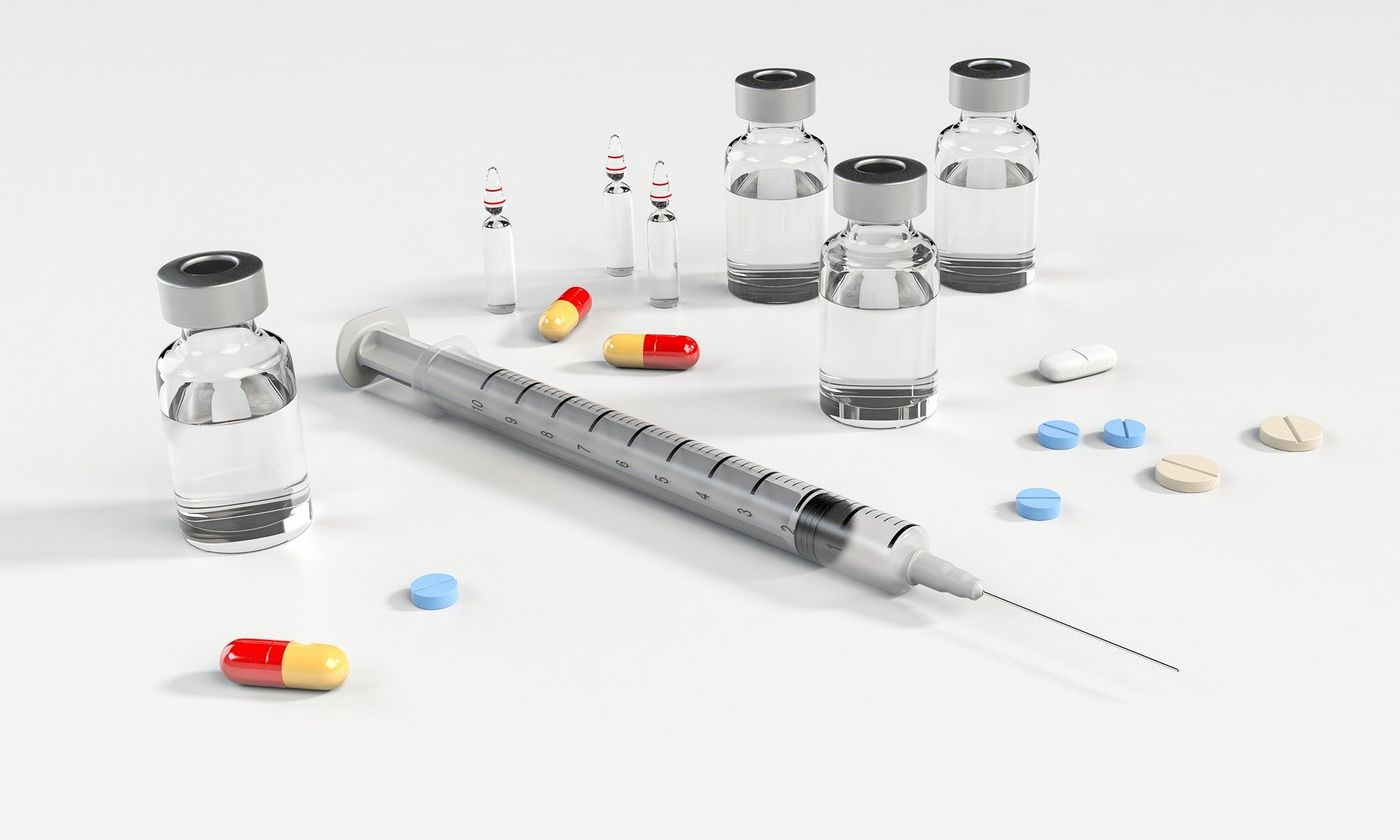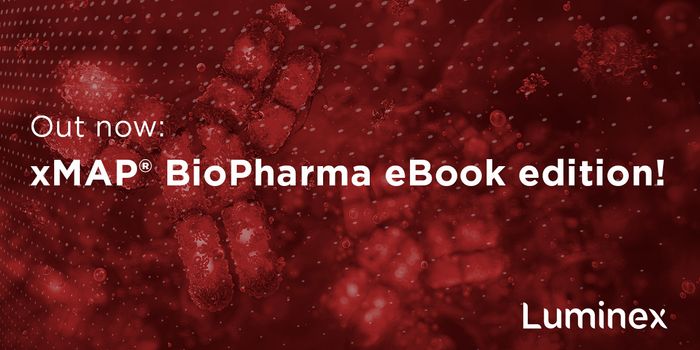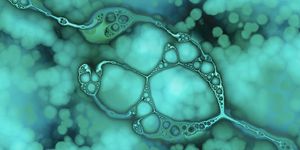A Target to Reduce Toxicity of Cancer Therapies
Many medical treatments have toxicities, sometimes called adverse events, which can complicate a patient’s treatment regimen. Treatment-related adverse events can range from mild symptoms, like transient fatigue or nausea, to severe and lethal occurrences, including cardiac toxicity.
Cardiac toxicity, which manifests as indications like acute myocardial infarction (MI), and angina pectoris (AP), can occur in cancer survivors, even several years following successful treatment. The onset of heart-related adverse events long after treatment is known as late cardiac toxicity, which can become a lethal complication of cancer therapies like radiation and chemotherapy.
The mechanism underlying late cardiac toxicity remains poorly understood. Further, limited interventions to prevent or minimize these symptoms exist. This creates an urgent need to study this relationship and develop therapeutics which can stop or prevent late cardiac toxicity in cancer survivors.
To understand the mechanism by which cancer therapies induce late cardiac toxicity, a team of researchers explored how radiation and chemotherapy cause inflammation in the heart. A manuscript recently published in the Journal of Experimental Medicine describes what these researchers learned.
The researchers developed mouse models of cardiac toxicity, which utilized radiation or chemotherapy to induce late cardiac symptoms. This model allowed the researchers to monitor cardiac toxicity by measuring left ventricular ejection fraction (LVEF). They also confirmed toxicity using histological staining of the cardiac tissue. The researchers observed signs of cardiac toxicity between three- and six-months following radiation. Many of the mice succumb to heart failure within a year of treatment.
The study then uncovered one of the cellular mediators involved in the onset of late cardiac toxicity: fibroblasts , a type of cell that provides support as the heart contacts. In the mice exposed to radiation, fibroblasts recruited immune cells such as monocytes, macrophages, dendritic cells, and B cells. The recruitment of immune cells indicated an inflammatory setting which can lead to fibrosis characterized by scar tissue.
The researchers then discovered that the cellular pathway known as the cGAS-STING pathway, drove the increased inflammation in the heart. The study showed that the cGAS-STING pathway, known to generate inflammation when bacteria and viruses cause DNA damage, is also activated in response to radiation- or chemotherapy-induced DNA damage. Mice lacking proteins necessary for cGAS-STING signaling remained protected from cardiac toxicity induced by chemotherapy and radiation.
To link the pre-clinical aspects of their study to the human cancer setting, the researchers evaluated an inflammatory chemokine called CXCL10. The cGAS-STING pathway activates CXCL10 expression. The researchers found that breast cancer patients with the largest increase in CXCL10 levels, indicating active cGAS-STING signaling, showed the most signs of cardiac toxicity.
Radiation and many chemotherapies remain effective by causing DNA damage to cancer cells. However, these are non-discriminating treatments, so DNA damage also occurs in normal cells, such as those in the tissues of the heart. As we develop more effective cancer therapies, we thankfully increase the number of cancer survivors. Finding new strategies to protect the growing number of cancer survivors from late cardiac toxicity remains paramount. Indeed, inhibiting cGAS-STING signaling may provide much-needed protection from late cardiac toxicity.
Sources: J Natl Cancer Inst, Blood, J Exp Med, Nature









